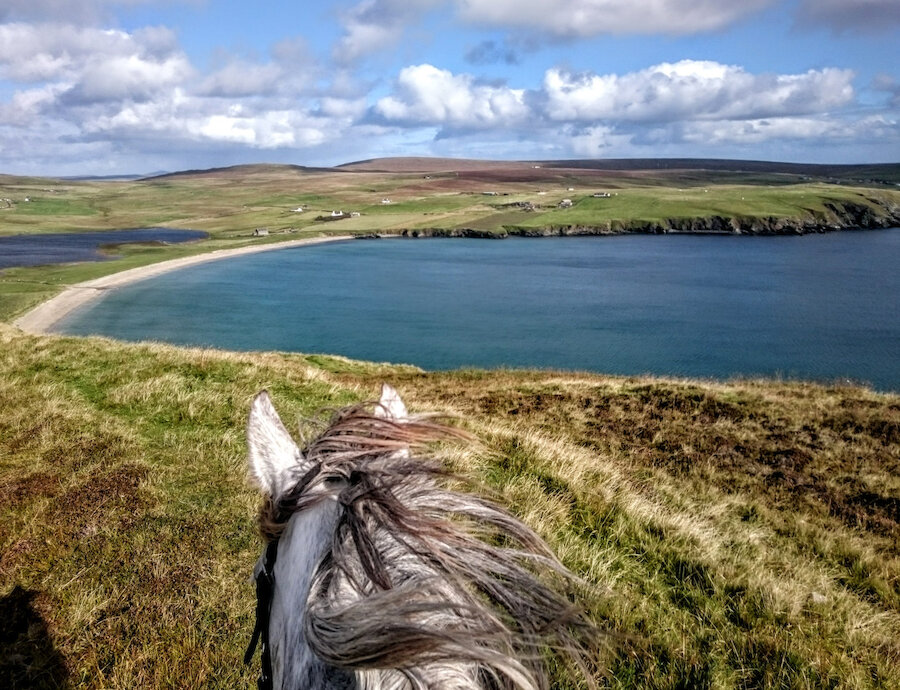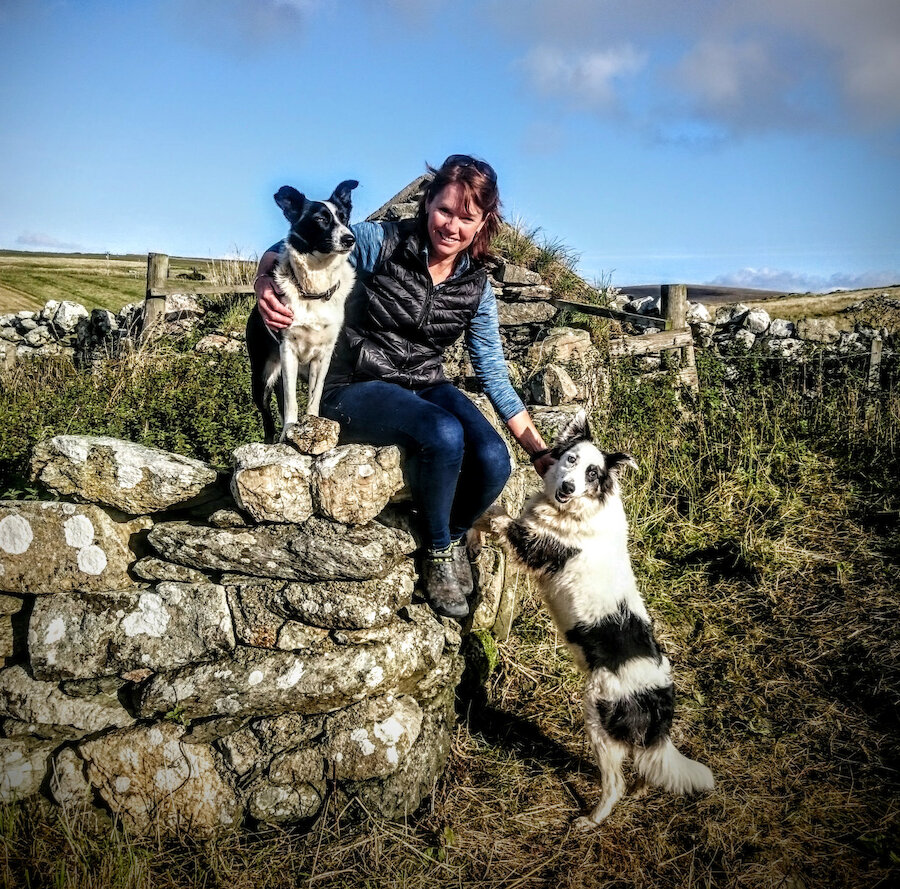Husband Dave has also thrown himself into community life on the island. With a population of just over 50 permanent residents, everyone has to pitch in and do their bit. Dave, like many islanders, wears several hats. His roles include working on the lifeline ferry service, serving as a retained fire-fighter, emergency first responder and mechanic.
Fetlar, like many rural communities, depends on young families to allow the community, and school, to thrive. At the moment, Fetlar Primary School, which takes children up to the age of 12, only has one pupil. Losing the school would be a devastating blow to the community, and Lisa would love to see a couple of young families move into the isle.
“The island does need some young families, and if you have a creative business where you can work from home, Fetlar is ideal.”
Lisa’s children are now at Anderson High School in Lerwick and stay in the Halls of Residence during the week, returning to Fetlar at the weekends and school holidays.
Shetland is a fantastic place to bring up children, says Lisa: “You can really just let them go a bit. They have the freedom, and you feel that they are safe because everyone in the community watches out for them.”
Despite moving from England to a remote island, the children have more freedom now than they had before as there are better transport links in Shetland. Daughter Mykala can catch the ferry from Fetlar and get an onward bus to Lerwick to spend the day with friends before returning again at night.
“In Cumbria, I had to drive them everywhere as there was limited public transport, so they actually have more freedom and independence here.”
In her spare time, Lisa enjoys her daily sea swim – without skins. “This really helps me get through the winter,” she says, as endorphins are released with the rush of cold water. As a family, they enjoy long hacks across the picturesque sands of Tresta Beach.
Lisa, Dave and their children have very much settled into island life and embraced a new, slower pace of living. “It’s been hard work,” Lisa says, “and we’ve had our moments” but, they plan on staying in the isle indefinitely, renovating the house, nurturing the croft land and growing the business.
Since moving to Shetland, Lisa’s mum Sheila has also made the move north, taking the brave decision to sell up her family home after 56 years and relocate to Fetlar at the age of 83. In doing so, proving that it really is never too late to make a fresh start.
Discover more about moving to Fetlar – download the community's excellent "Fetlar Welcome Pack".
You can find Lisa online @lisaleatherworks or her website Lisa's Leatherworks, where you can support her work by giving her a follow online or buying a hand-crafted item. She is also part of the Shetland Craft Trail, and she welcomes visitors to her studio in Fetlar.







